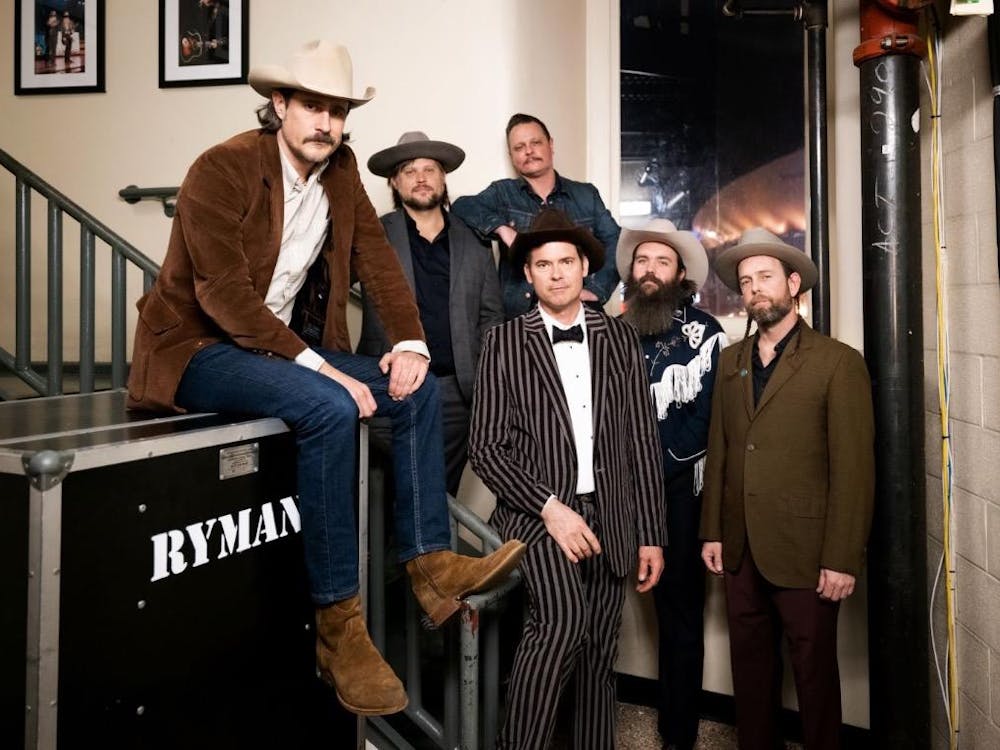A millenial generation of cinephiles is emerging alongside the wildly successful, prolific and thematically diverse A24 film production studio. The company — which is behind the independent films that made household names out of young actors such as Timothée Chalamet and produced the breakthrough teen show of the year, “Euphoria,” among several other feats in their filmography — has been launched into inescapable relevance. It is no surprise, then, that the University’s own OFFScreen club, dedicated to the screening of films for general audiences and the cultivation of cinematic literacy for its members, chose to screen one of the most recent A24 films — “The Last Black Man in San Francisco” — Oct. 3 at Newcomb Theater.
To refer to this film as viscerally moving and visually gripping would be an egregious understatement. The cinematography is artistic and hyper-stylized, to the degree that every single shot feels deliberately crafted; each still stands alone as a work of photographic art in and of itself.
One of the most immediately striking aspects of the film’s visual display is the unconventional aspect ratio, 1:66:1, or roughly square to the viewer’s eye. Such a framing does more than direct focus — it also is meant to be reminiscent of early film, in which square aspect ratios were the standard convention. This stylistic choice gives the movie a vintage ambience, paralleling a plot in which the main character, Jimmie Fails, is fundamentally and emotionally attached to a 20th century Victorian-style home which he touts as being built by his grandfather.
Similar to the signature aesthetic elements of Wes Anderson, “The Last Black Man in San Francisco” employs extremely structured and highly stylized angles and character movement that give the film a surreal essence. Precise lateral tracking shots, intense prolonged zooms and meticulous symmetry contribute to the film’s whimsy and quirk. This is not to say, however, that the movie ever feels stiff or contrived — tension is masterfully built and released through poignant slow motion and swift, fluid shots, like Fails cruising on his skateboard.
Deviation from these structured shots indicates to the audience an important plot moment or instance of character development. Throughout the film, exact replications of these stylized shots recur, but certain elements or characters are visually absent — these convey a sense of tangible loss. Another notable technique was the use of the shaky handheld shot in climactic and unstable scenes, such as during moments of heightened animosity between members of a group of black friends and personal emotional turmoil for the main character.
Where the visuals were successful in guiding the narrative, the audios were triumphant. The classical score of “The Last Black Man in San Francisco” was elegant and grand, moving and swelling in tandem with the action on screen. When the visuals were cut by sharp transitions, the music would cease just as sharply, and the resulting silence was just as effective in indicating emphasis.
The heightened visual elements and technical caliber, however, do not obscure the sentiment of the screenplay and the heart of the film. In fact, they enhance them. The masterful visual storytelling makes up for the sparse dialogue — though the dialogue itself is wonderfully realistic, quirky and humorous — and in combination with a swelling score create a visceral emotional experience. The sociopolitical messages — namely of gentrification, violence and toxic masculinity in black communities and the tension of a changing city — are underscored by the emotional pull of the artistic craft behind this film. The social issues presented in the film overlap and coincide, but it never feels confused or disorganized.
“The Last Black Man in San Francisco” is a suspenseful, cathartic and ultimately beautiful film. Newcomb Theater, though sparsely populated on the final Thursday before fall break, was eerily silent even as the overhead lights filled the room, bringing the audience out of the whimsical, heart-breaking, surreal landscape of the film and back to a duller reality — yet with an audience newly perceptive and moved by the film’s content and form.







